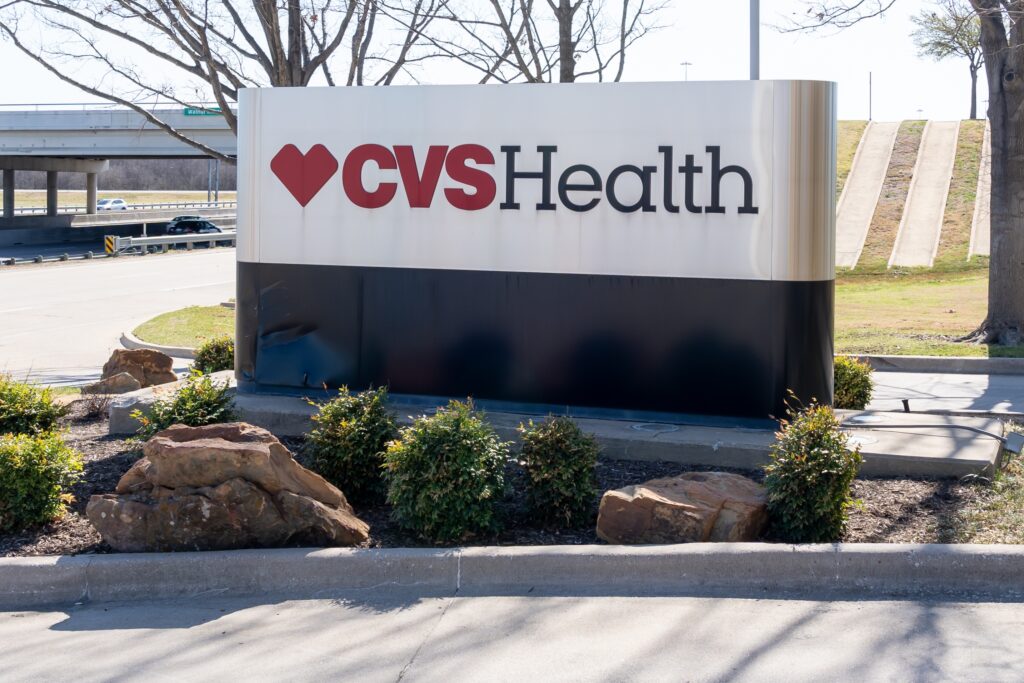Shifting consumer demand puts retail health clinics in the spotlight
The shift of care to non-traditional care settings during the pandemic has accelerated, reflecting both impetus for lower cost and easier access.

Retail health clinics — walk-in care centers in pharmacies and supermarkets — are experiencing rapid and sustained growth. According to Definitive Healthcare’s latest report, retail clinic claims volumes grew 200 percent over the past five years, outpacing utilization growth for urgent care centers, primary care practices and emergency departments during the same timeframe.
Americans reacted to the introduction of these clinics in the early 2000s with raised eyebrows, not open arms. Despite their convenience, they weren’t quite ready to incorporate flu shots into their grocery routines.
Fast forward two decades, however, and these venues for care have become an inevitable force in the U.S. healthcare system. The conditions that put retail clinics on a pedestal — shifting patient expectations, access issues and more — will persist in the coming years, so traditional providers must pay close attention to avoid falling behind.
Consumer-centric healthcare
The concept of “patients as consumers” is arguably the catalyst for most modern innovations in the American healthcare system. This trend has fed the growth of retail clinics, which are evolving into hubs for comprehensive care delivery as traditional care becomes less standard.
A recent Bain & Company report predicts that new nontraditional care models such as retailers may capture as much as a third of the U.S. primary care market by 2030. The prediction is off to a strong start, as Definitive Healthcare found that retail clinic claims volumes grew 200 percent between 2017 and 2022. Over the same period, primary care physician claims volume dropped 13 percent.
COVID-19 is the impetus — the federal government made stores like CVS and Walgreens the star of its vaccination rollout — and retailers are continuing to ride the wave.
More specifically, 90 percent of the 1,800 U.S. retail clinics are owned by six organizations, with CVS on top at 63 percent. Half of all clinics are concentrated across seven densely populated states, including California, Florida and Texas. This footprint will likely expand as the organizations work to keep their services relevant.
Growth fueled by lower cost, easier access
As the COVID-19 pandemic recedes, it’s important to note the evergreen conditions boosting retail clinic success.
For instance, the spiking cost of care drives consumers away from traditional care models and gives retailers an immense opportunity for disruption. According to Kaiser Family Foundation, out-of-pocket spending has increased 35 percent since 2010, averaging $1,315 per person in 2021. Low-cost care is on-brand for retailers looking to maintain their “discount” reputation, and retail industry giants are taking advantage of this shift in the $4.3 trillion U.S. healthcare industry.
According to the report, for the 10 most common diagnoses, the average charge per retail clinic claim on aggregate was $38 less than claims submitted by urgent care centers, $471 less than claims submitted by physician offices and $746 less than claims submitted by hospitals.
This enormous physician and hospital variance reflects an alarming issue within the broader U.S. healthcare system. It should be no surprise that a significantly low-cost alternative is gaining traction as patients adopt consumer behaviors.
An imperfect solution
Despite their momentum, retail clinics are not without shortcomings. Regarding access, there is an unfortunate disconnect between the geography of clinics and the populations that need them most. Most clinics serve higher-income populations. Rural areas only have 2 percent of retail clinics in the U.S., and areas with a median income of $35,000 or less have only about 9 percent of the clinics.
In a time of devastating staffing issues and wait times, the data shows that a seemingly viable solution — directing care through nurse practitioners and physician assistants at a fraction of the usual care cost — is unavailable to many.
However, as the healthcare landscape grows more complex, traditional providers must leverage the buzz that retail clinics generate and apply new practices to remain competitive. This includes:
Considering retail partnerships. Retail clinics' high-volume, low-cost nature is invaluable when combined with the range of services a major health system provides. The expansion of care entry points leveraging high-traffic convenience stores is a match that’s almost too good to be true. Providers should look closely at the case studies of Target/Kaiser Permanente and CVS/Cleveland Clinic.
Understanding acquisition options. Consolidation is now commonplace for major health systems, and retail clinics should undoubtedly be a part of the conversation. Those with a strong footing in their community — and experience with pop-ups or similar engagement — can benefit immensely from a retail acquisition-boosted expansion.
Imitating the retail model. Modern patients expect convenience and speed from healthcare, as they do from every other consumer industry. Moving forward, it will behoove health systems to prioritize the patient experience and frictionless care delivery, perhaps with online scheduling, enhanced telemedicine or improved cost transparency.
Retail clinics are not the silver bullet to our flawed healthcare system. However, their immense influence during a global health crisis and persistent momentum in the aftermath should not be taken for granted or seen as a threatening disruptor. Instead, their strongest qualities — convenience, cost, and speed — should be legitimately accounted for by the health systems on which most patients ultimately depend.
Todd Bellemare is senior vice president of strategic solutions at Definitive Healthcare.